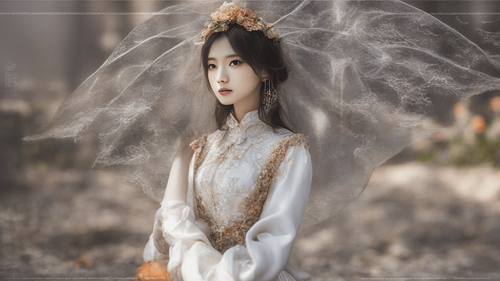
Introduction
In a world where visuals speak volumes, the integration of AI in image creation has revolutionized the way we perceive and produce visual content. The synergy between artificial intelligence and creative endeavors has given rise to innovative tools and techniques that empower individuals and businesses to bring their imaginations to life. This article delves into the fascinating realm of AI-driven image creation, exploring its significance, applications, and potential impact on various industries.
The Role of AI in Image Creation
Understanding AI-Powered Image Generation
AI-powered image generation involves leveraging machine learning algorithms to produce images that mimic human creativity. Through a process of deep learning, AI systems learn patterns and styles from vast datasets, enabling them to generate original images that align with specified parameters.
Advantages of AI-Generated Images
- Unlimited Creativity: AI enables the creation of images that transcend conventional boundaries, making the impossible possible.
- Time and Cost Efficiency: Automated image generation reduces the time and resources required for manual design.
- Consistency: AI ensures a consistent style and quality across a multitude of images.
Applications of AI-Generated Images
Art and Design
AI-generated images have disrupted the art world, sparking debates about the boundaries of creativity and authorship. Artists and designers can collaborate with AI to explore new artistic horizons and challenge traditional norms.
Marketing and Advertising
Creating compelling visuals is pivotal in marketing and advertising. AI-generated images help marketers produce eye-catching content tailored to specific audiences, enhancing engagement and conversion rates.
Gaming and Entertainment
In the gaming and entertainment industries, AI-driven image creation enables the swift generation of immersive environments, characters, and assets, enhancing the overall gaming experience.
The Mechanics of AI-Driven Image Creation
Neural Networks and Image Synthesis
At the core of AI-generated images are neural networks, particularly Generative Adversarial Networks (GANs). GANs consist of two parts: a generator that produces images and a discriminator that evaluates their authenticity. This interplay results in refined images that become increasingly difficult to distinguish from human-created content.
Style Transfer and Image Enhancement
AI can merge the style of one image with the content of another, leading to fascinating hybrid images. Moreover, image enhancement techniques powered by AI can transform basic images into visually stunning masterpieces.
Ethical Considerations and Challenges
Intellectual Property and Originality
As AI generates images, questions about copyright and authorship arise. Determining the ownership of AI-generated artwork presents legal and ethical challenges that the legal system is grappling with.
Bias and Representation
AI algorithms can inadvertently perpetuate biases present in training data, raising concerns about the fairness and inclusivity of AI-generated content.
FAQs
How does AI generate images?
AI generates images by learning patterns from extensive datasets and using neural networks to create new visuals that adhere to learned styles.
Can AI replace human artists?
AI can complement human creativity, but the unique human touch and emotion in art remain irreplaceable.
Is AI-generated art valuable?
The value of AI-generated art lies in its uniqueness, the collaborative process, and the exploration of new artistic frontiers.
Are AI-generated images indistinguishable from human-created ones?
Advanced AI techniques, especially GANs, can produce images that are remarkably close to human-created content but may still have subtle differences.
How can AI-generated images be used in business?
AI-generated images are invaluable in marketing, advertising, branding, and product visualization, aiding businesses in effective communication.
What precautions are needed to avoid biased AI-generated content?
To mitigate bias, diverse and representative training datasets and continuous monitoring of the AI system are essential.
Conclusion
The evolution of AI in image creation heralds a new era of creativity and innovation. As AI-generated images become more refined, their integration into various industries ushers in novel opportunities and challenges. By embracing the potential of AI in image creation while addressing ethical concerns, society can harness its power to craft visuals that captivate, inspire, and reshape the way we perceive art, design, and visual communication.